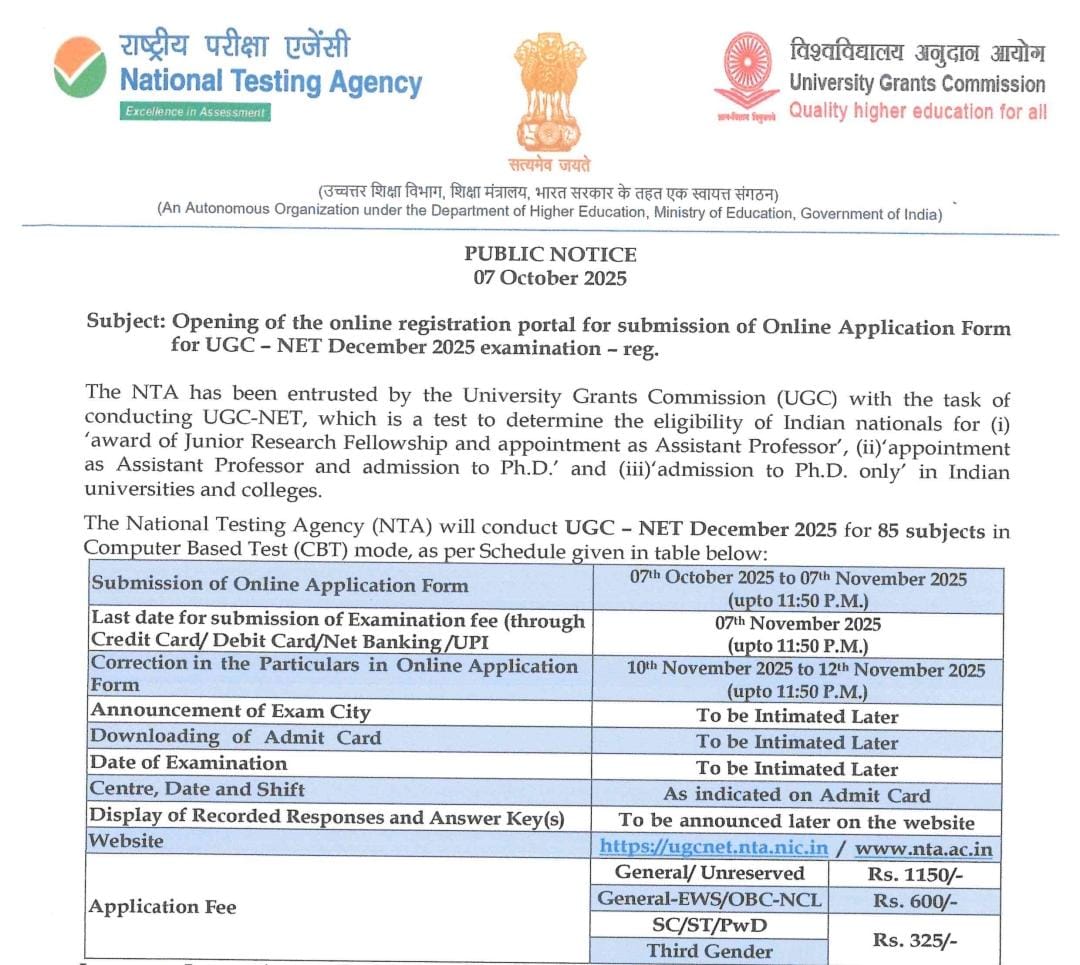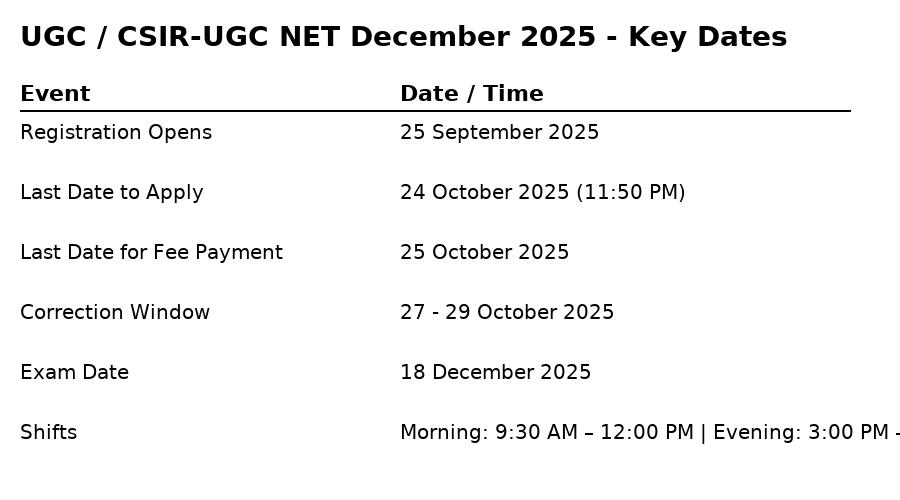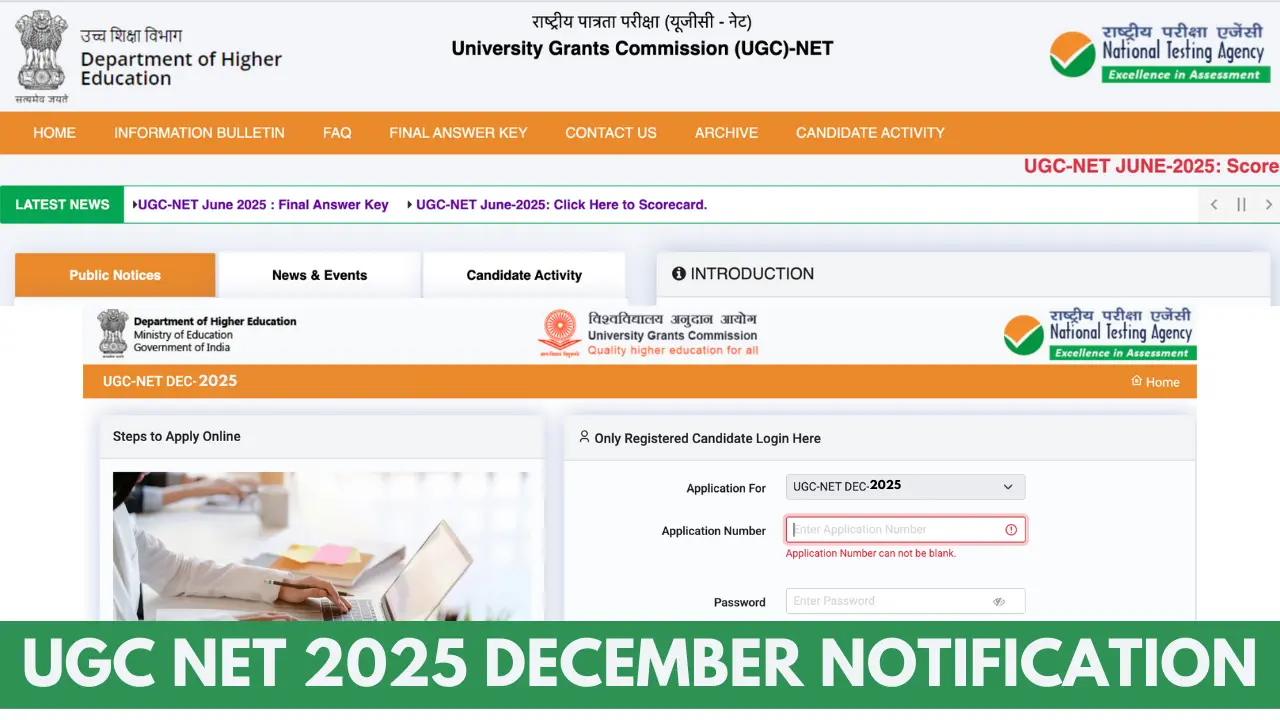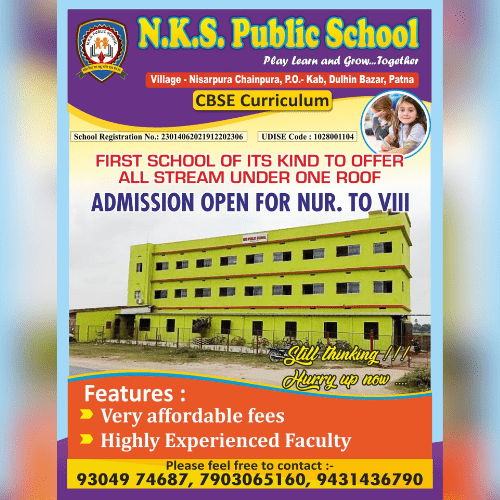Education
AI and the Future of Work: Are Half of White-Collar Jobs Really at Risk?
As AI tools reshape the modern workplace, tech leaders are divided: will artificial intelligence replace millions of jobs—or simply reinvent them? This post explores both sides of the debate, what roles are at risk, and how you can stay ahead in the age of automation.

Admissions
UGC-NET December 2025 Notification Released: Registration Open, Exam Scheduled from December 31 to January 7
Education
UGC NET December 2025: Latest Updates on Notification, Registration and Exam Date
Education
UGC NET 2025 December Session Notification
-

 Tech4 months ago
Tech4 months agoGoogle’s Gemini AI Pro Plan for Indian Students: A Game-Changer for Academic Success
-
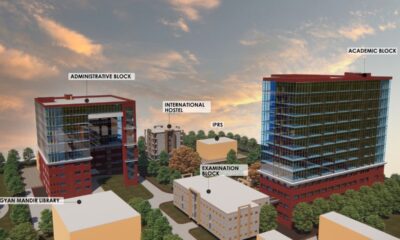
 Bihar4 months ago
Bihar4 months agoPatna University Prepares for Major Relocation
-
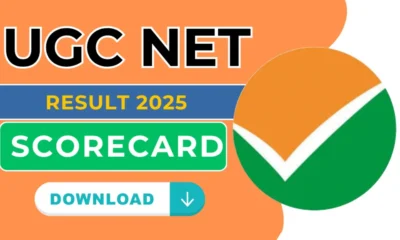
 Results3 months ago
Results3 months agoUGC-NET June 2025 Results: Detailed Breakdown of Candidate Performance
-
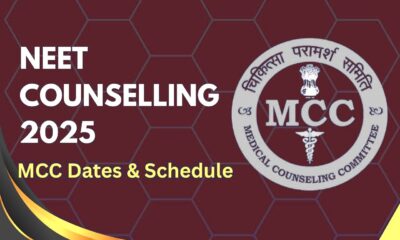
 Admissions3 months ago
Admissions3 months agoNEET UG 2025 Round 1 Counselling Begins Today
-
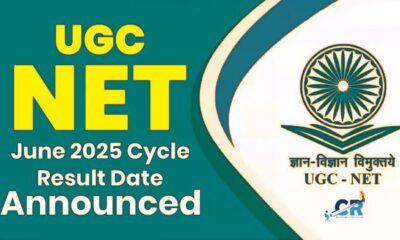
 Results4 months ago
Results4 months agoUGC NET June Result 2025 by NTA, check result date here
-

 Education4 months ago
Education4 months agoCBSE Enhances STEM Teacher Training to Promote Critical Thinking in Classrooms
-

 Business3 months ago
Business3 months agoThis is how you dress for a job interview, and land an offer
-

 Tech3 months ago
Tech3 months agoMicrosoft Paint Was Declared Dead in 2017. Here’s Why It’s Still Alive in 2025



